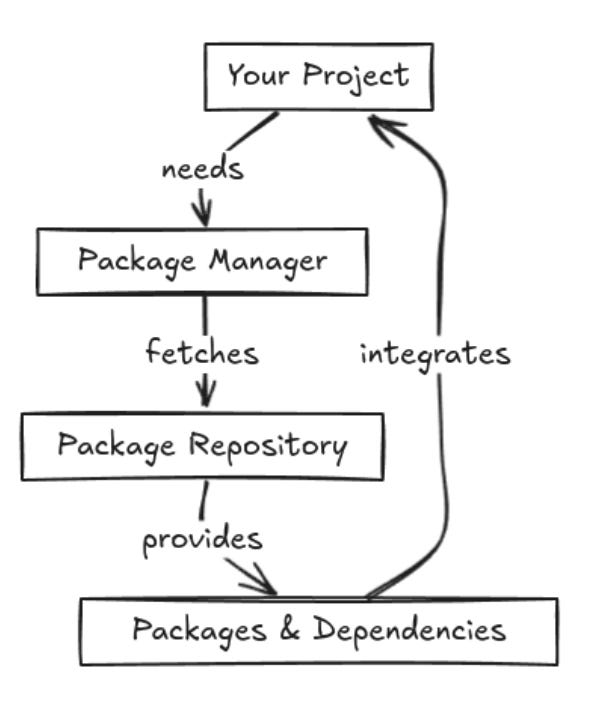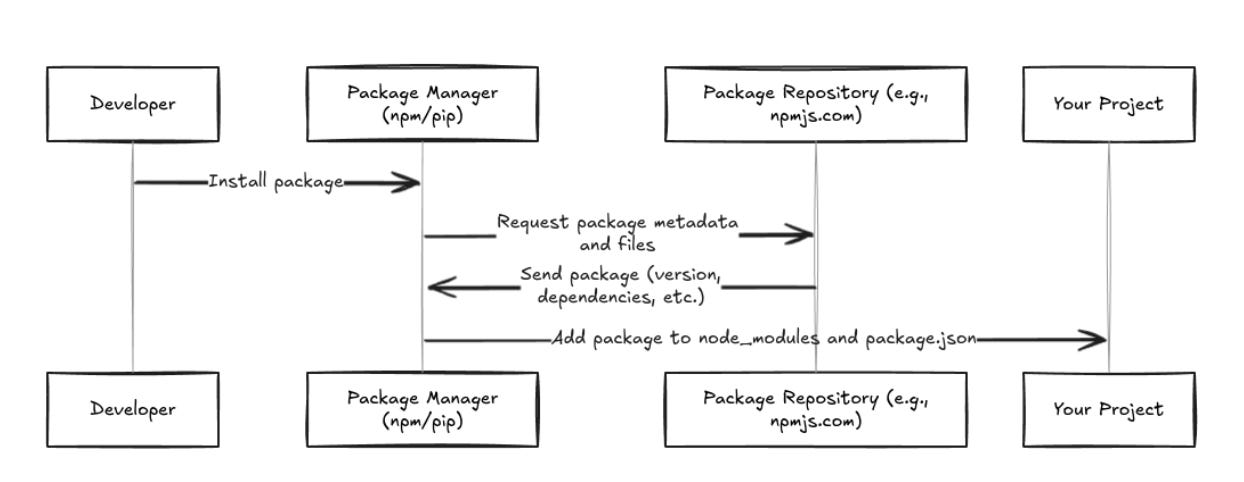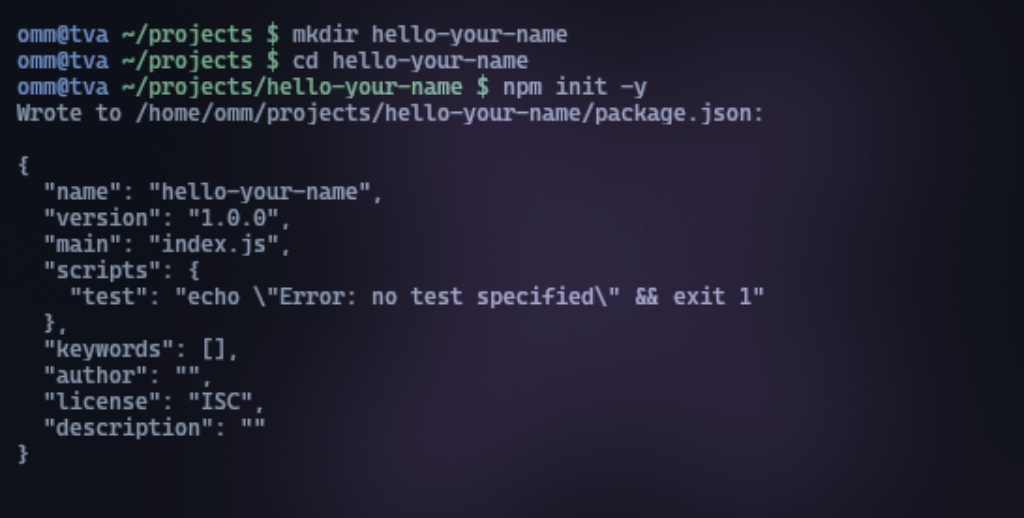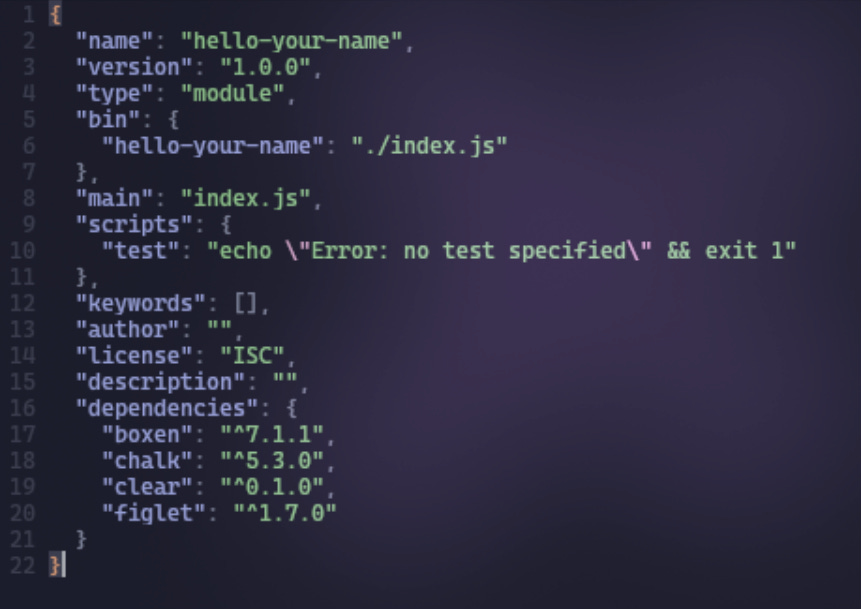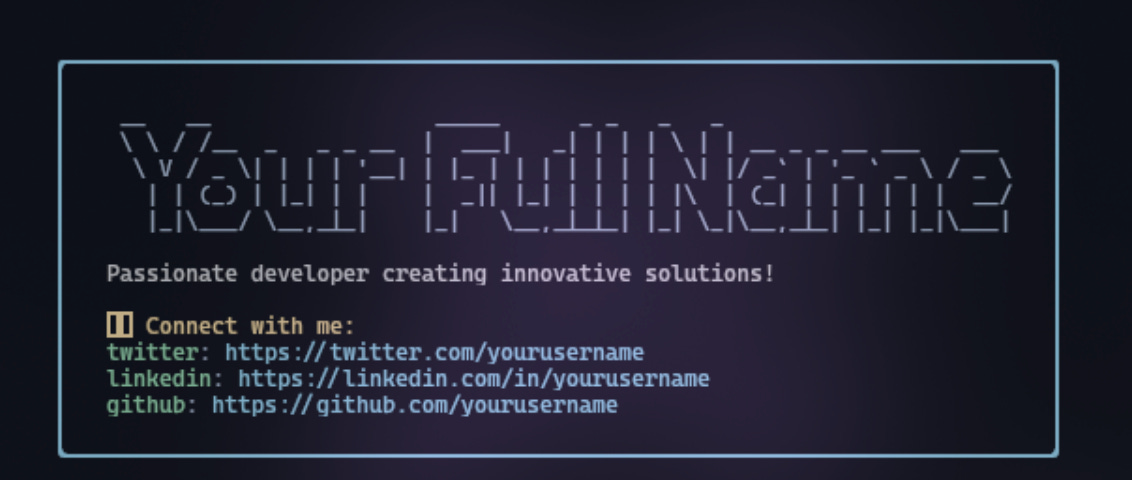In the wild world of software development, packages and package managers are the ultimate cheat codes. They let developers grab ready-made solutions, integrate them into projects, and focus on the fun stuff—building cool features. Let’s dive deep into how they work, why they’re an absolute game-changer, and how you can create your own JavaScript package to flex on your fellow devs.
What Are Packages?
Packages are bundles of reusable code that solve specific problems or add functionality to your project. Imagine them as pre-built LEGO pieces—you just snap them together to create your masterpiece. Whether it’s a function to validate emails or a full-blown framework like React, there’s probably a package for that.
What Are Package Managers?
Package managers are your backstage crew—they fetch, install, update, and organize these packages for you.
Here’s how they fit into the ecosystem:
Popular package managers include:
npm: The JavaScript go-to for everything from utility libraries to entire frameworks.
pip: For Pythonistas.
Composer: Your PHP sidekick.
Maven/Gradle: Java devs, you know the drill.
Why Are Packages the G.O.A.T?
Saves You From Reinventing the Wheel: Someone’s already solved 90% of your coding problems.
Open-Source Magic: Collaborate with a massive community of devs pushing the limits of what’s possible.
Less Headache, More Fun: No more manually managing dependencies or worrying about compatibility.
Scalability FTW: Modular code means less spaghetti and more clean, maintainable solutions.
Let’s put it this way—without packages and package managers, building modern apps would feel like coding in the Stone Age.
How Do Packages Work?
When you install a package, a whole ecosystem comes into play:
Let's Build and Publish a JavaScript Package : Enough talk—time to get our hands dirty. Follow these steps to create and publish your own npm package that showcases your professional portfolio right in the terminal.
Step 1: Create a New Project Make a new directory and initialize it as an npm project:
You'll get a package.json file. This is the control panel for your package.
Step 2: Install Dependencies
Add some cool terminal styling libraries:
Step 3: Write Your Portfolio Script
Create an index.js file that will display your professional info:
Step 4: Configure Package for npx
Update your package.json:
Step 5: Publish to npm Log in to npm and publish your package:
Create an account on npm
npm login :
npm publish --access public :
Boom! Your package is live. Anyone can now run it with:
npx hello-your-name :
Add Some Swagger: Customization Ideas
Personalize Your Card: Update the portfolio object with your details
Add More Sections: Include skills, work experience, or fun facts
Play with Styling: Experiment with different chalk colors and boxen styles
Code for the portfolio can be found here : gist
Challenge Time Create your own interactive portfolio card and share it with us at bashcraft@vitbhopal.ac.in. We'll showcase the most creative and unique portfolio cards in upcoming newsletters!
Closing Thoughts
Packages and package managers are the lifeblood of modern development. They save time, encourage collaboration, and make you look like a 10x dev (even if you’re just reusing cool stuff). Ready to leave your mark on the dev world? Start coding, and let’s see what you can create!
Keep coding. Keep sharing. Stay awesome. 💻✨
🔮 Thank you so much for reading this edition of the newsletter. If you found it interesting, you will also love
This edition is written by - Om Mishra
We at BashCraft keep it no-fluff—all for the love of engineering. We share our no-fluff content across our socials too, so if you resonate with it, feel free to follow us on LinkedIN, Instagram.






